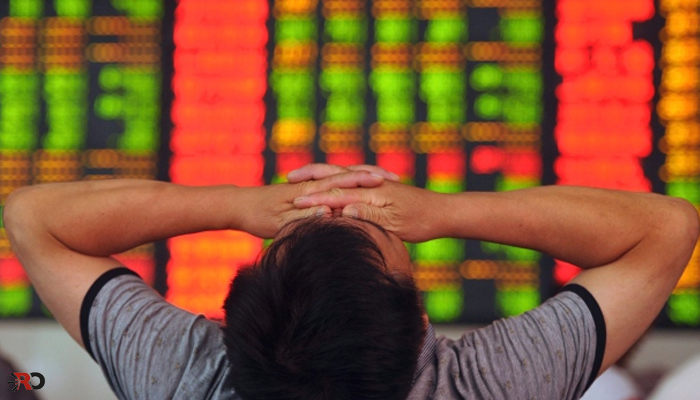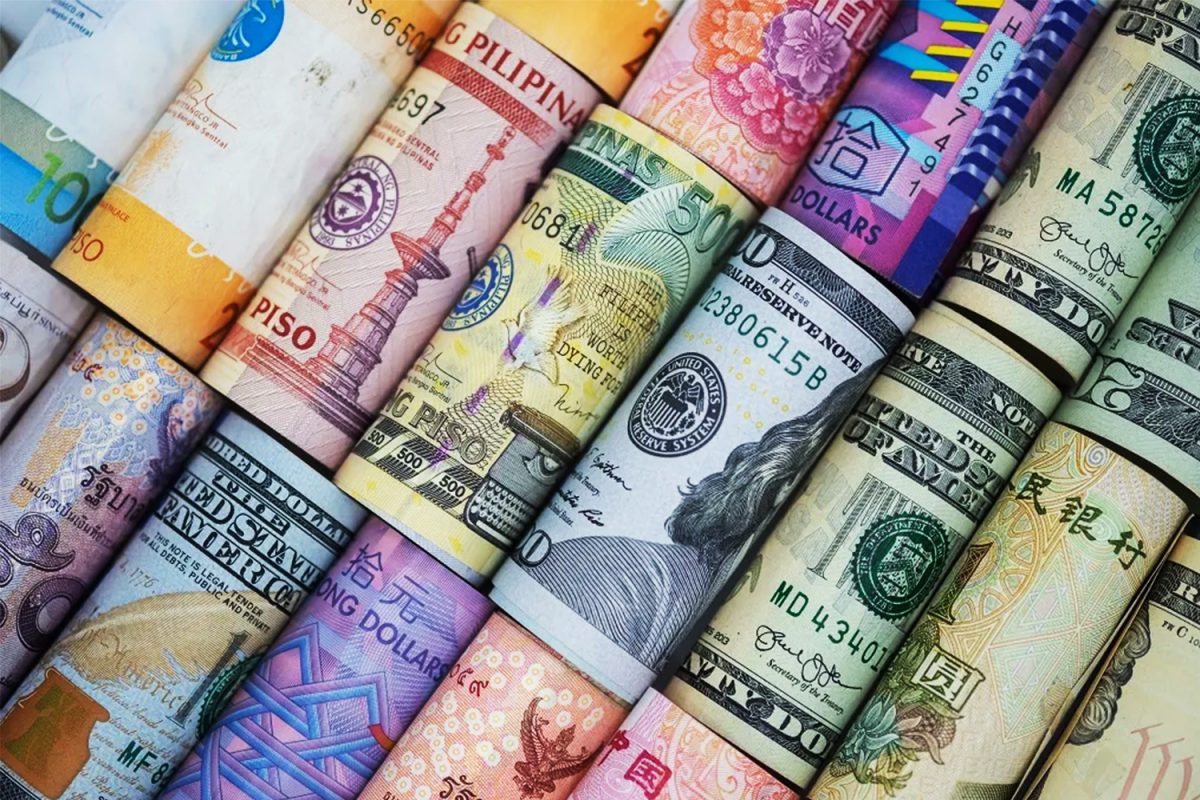By Adnan Khan
Since July 2015 the Chinese government has been intervening in the countries financial markets in order to stop the decline in stock prices. Then on 24th August, Shanghai’s main share index lost another 8.49%. As a result, billions of pounds were lost on international stock markets with some international commentators labeling the day ‘Black Monday.’[1] The deterioration occurred despite intensive government efforts to stabilise prices and revive investor sentiment.[2] This crisis comes at a critical period in China’s economic development. The 2008 Global economic crisis brought to an end the low wage and aggressive export strategy China had used to develop the nation for the last three decades. The economic crisis across the world showed China, relying on western consumption, created a critical dependency. The Chinese government picked up the slack with huge investment in real estate and construction, but this was never a permanent solution. A move to domestic consumption as an economic engine, a transformation of epic proportions, is needed. The current stock market crisis in China confirms the long and bumpy road ahead in the cultivation of a domestic consumer base.
China’s open door policy initiated in 1978 by Premier Deng Xiaoping saw the creation of Special Economic Zones (SEZ) along China’s coast which allowed foreign companies to utilise China’s cheap labour in return for the transfer of skills and technology. China’s ‘open door’ economic policy gradually opened up China’s economy to foreign companies in a process tightly controlled by the Communist Party. Until relatively recently, China was a country of near-universal poverty.[3] Its post-1978 economic growth model was grounded in low-cost exports and state-led investment in infrastructure construction. This was made possible through the systematic repression of manufacturing wages to maintain the competitiveness of exports and the suppression of interest rates on savings deposits. Keeping interest rates low ensured cheap financing for China’s state-owned sector, which was responsible for the vast majority of infrastructure development and which survived on credit from state-controlled banks.
China’s leaders have spent the best part of two decades attempting to work out how to cultivate greater household consumption without undermining the low-cost export and government investment-led economic growth model. Doing so required creating investment avenues by which ordinary Chinese citizens could achieve returns on their savings, but which did not direct those savings away from domestic export and construction industries. Allowing ordinary Chinese to invest their savings overseas was out of the question as it would direct savings away from the domestic economy, but the free flow of capital in and out of China would adversely impact the government’s ability to manage the yuan’s value. It was in this context that China’s leaders in the early 1990s settled on two approaches: commercial real estate markets and stock markets. Both would give ordinary Chinese new opportunities to invest their savings and reap the rewards while simultaneously directing those savings into key industries and sectors, including housing and infrastructure construction and the state-owned sector, which enjoys disproportionately higher representation on China’s largest stock exchange.
For the past 20 years, commercial real estate was by far the dominant avenue for ordinary Chinese to invest their savings, with stock markets playing a secondary role. Real estate and related industries still form the single largest component of China’s economy. But real estate offered many ordinary Chinese a safe way to increase their savings, is now weighed down by years of construction which exceeds the amount the Chinese can consume.[4] China’s earliest stock exchanges emerged in the late 1980s in cities such as Shenzhen and Chengdu. Ordinary Chinese seeking new places to invest their savings merely wanted returns to be greater than what could be earned on a commercial bank deposit. This process coincided with the creation and expansion of commercial real estate markets in the mid-1990s, which provided another opportunity for ordinary Chinese to invest their savings. The Stock market was a useful additional means of channeling the population’s wealth into State Owned Enterprises (SOE), but they were not critical to the state’s financing efforts.
[pullquote align=”right” color=”” class=”” cite=”” link=””]China now faces a challenge of epic proportions; some 950 million of China’s citizens earn less than $5 a day, but the communist leadership needs them to consume more and more of the goods that come out of the factory gates in order to cultivate a domestic consumer base.[/pullquote]Ordinary Chinese had little incentive to invest in the stock market. In the 2000s, China’s exchanges were notorious for their dysfunction and volatility because of lack of transparency and poor oversight. By 2007, they had come to be viewed by most ordinary Chinese as akin to the lottery — a far cry from property, which generated seemingly never-ending profits and had the benefit of being a fixed asset. Over the past several years, however, the government gradually introduced reforms that aimed at professionalising the country’s biggest exchanges, including slowly opening Chinese stocks to Hong Kong and international investors. The redevelopment of China’s stock markets coincided with the slowing of China’s housing market, and this convergence — combined with the proliferation of communications technologies that allow far more people to connect to markets than ever before — has underpinned the rapid growth of the Shanghai and Shenzhen exchanges over the past 12 months.[5] In short, with real estate no longer capable of providing the returns it once did, ordinary Chinese have turned to stocks.
As has become clear in recent weeks, China’s stock markets are increasingly vulnerable to the sort of debt-fueled speculative activity that drove the country’s housing boom into bubble territory and that has made the process of deflating that bubble so treacherous both economically and politically. The stock market bubble and the real estate bubble have both run their course as well as aggressive exports as tools in economic growth and social stability. The Chinese leadership will now need to find alternative sources of investment for its citizens, but at the same time ensure key industries remain financed. The country’s first major attempts at cultivating domestic consumption has run into serious trouble. Historically the huge central government grip has allowed it to whether bubbles, crisis and unemployment but China now faces a challenge of epic proportions; some 950 million of China’s citizens earn less than $5 a day, but the communist leadership needs them to consume more and more of the goods that come out of the factory gates in order to cultivate a domestic consumer base.
[1] http://uk.businessinsider.com/analysts-reaction-china-black-monday-2015-8
[3] http://www.economist.com/blogs/analects/2013/02/chinas-poor
[5] http://www.theguardian.com/world/2015/jul/16/why-chinas-stock-market-bubble-was-always-bound-burst





